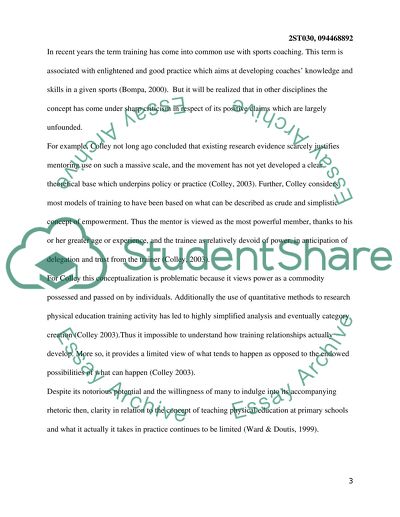Cite this document
(“Effectiveness of Physical Education Training Programs in Primary Essay”, n.d.)
Retrieved from https://studentshare.org/family-consumer-science/1422934-a-research-proposal-on-primary-schools
Retrieved from https://studentshare.org/family-consumer-science/1422934-a-research-proposal-on-primary-schools
(Effectiveness of Physical Education Training Programs in Primary Essay)
https://studentshare.org/family-consumer-science/1422934-a-research-proposal-on-primary-schools.
https://studentshare.org/family-consumer-science/1422934-a-research-proposal-on-primary-schools.
“Effectiveness of Physical Education Training Programs in Primary Essay”, n.d. https://studentshare.org/family-consumer-science/1422934-a-research-proposal-on-primary-schools.


